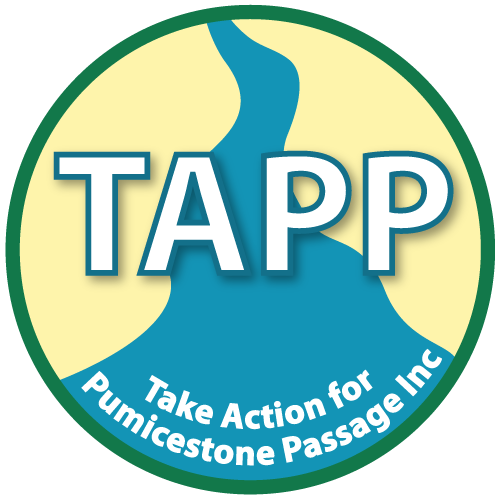Dr Simone Maynard1 (USC), Naomi Forrest, Bianca Keys, Dr Graham Ashford
Dr Simone Maynard is an applied multidisciplinary researcher specialising in ‘ecosystem services’ (the positive contributions of nature to human well-being). She has specialist skills in methods to collect, develop and integrate diverse forms of knowledge and data into ecosystem service assessment tools for use in planning and natural asset management. She has considerable international experience, including contributing to numerous UN biodiversity assessments. She is the Lead, IUCN CEM Ecosystem Services Thematic Group, on the Editorial Board for the journal Ecosystem Services, and the Founder of the Oceania Ecosystem Services Forum, and a Post-Doctoral Research Fellow at USC.
Bianca Keys is a final year Bachelor of Animal Ecology student at USC, with a special interest in geospatial analysis, restoration and conservation, and marine science. She possesses a broad range of skills including fieldwork techniques, research design and statistical analysis, and developing conservation strategies for animal populations facing contemporary threats.
Naomi Forrest is a final year Bachelor of Environmental Science (Sustainability) student at USC with a special interest in conservation and sustainability in local contexts, particularly in the Sunshine Coast region. She possesses specialist skills in stakeholder engagement, geospatial science, global change ecology and climate change adaptation and mitigation.
Dr Ashford is an environmental economist with considerable experience designing and managing complex research and capacity building projects for governments and international organisations focused on environmental management, sustainable development and climate change. He is a Senior Lecturer at USC.
Abstract:
Sunshine Coast Council and the University of the Sunshine Coast (USC) are implementing a collaborative research project to develop a more comprehensive understanding of ecosystems functions and services provided by our natural assets and how they contribute to our economy, health and well-being, local and regional amenity and liveability. Understanding our natural environment and the way it adds value to the Sunshine Coast will help inform complex decision-making and future policy outcomes and support our continued need to invest in the region’s natural assets.
A foundational stream of work in this project has focused on ‘localising’ the SEQ Ecosystem Services Framework methods and techniques developed under SEQ Catchments’ collaborative project (2005-2013). From this we produced detailed spatial representations of 19 critical ecosystem functions occurring in the Sunshine Coast landscape, and the relationship between those functions and the provision of ecosystem services that underpin our wellbeing.
The presentation will begin with an overview of the project and an explanation of the conceptual framework and methods used in the research before discussing some of the key findings as they relate to the Pumicestone Catchment. The presenters will discuss the impacts of climate change and the implications for policies and action plans. An accompanying poster display will provide participants with an opportunity to examine the mapping of key ecosystem functions in more detail and to talk to the researchers involved in their production.
